
Did.
This stuff's good.
You can make pesto, too. Here's what you need.
The ingredients of pesto:Now you're thinking, "Recipe?" That's where it gets sticky.
salt
garlic
nuts
greens
oil
grated hard cheese
You see, pesto is a technique, not a recipe. The name literally means 'pounded'. Which is why it shares the same root as pestle, as in mortar and pestle.
The traditional way of making pesto is to throw course salt and garlic into a mortar and pound the garlic to a pulp. Add the nuts and repeat the pounding. Add the greens and repeat the pounding. Add the oil and the cheese and stir them into the pulp. Rest arm for four days until it's your turn in the pitching rotation again.
I use a food processor.
Let's go through the list of ingredients one by one.
Salt

Tradition says use a course salt like sea salt to help break up the garlic. I use a food processor. If the gal who invented pesto had had a food processor, she would have used one, too. Instead she had to spend half an hour pounding garlic into pulp.
I toss in kosher salt. How much? About a quarter teaspoon. Actually I saved the sample spoon I got at a Häagen-Dazs ice cream shop, and I use that little spoon to measure for pesto.
Garlic

Why so imprecise? Good question. This is where it starts to get tricky.
There are many views on pesto. Probably as many views as there are Italian cooks. Some say that pesto should bring out the taste of the greens. Some say that pesto should be redolent of garlic. Some say that all that pulp is there to infuse the oil with flavor (but if that is true, why not just stuff 'em all in a bottle with the oil and let it rest a month, hmmm?).
If you don't like garlic, use two cloves. Yeah, even if you don't like garlic, you gotta use it.
If you like garlic, use four cloves.
Me? I use three fat cloves and have done with it.
Next up are the nuts.
Nuts
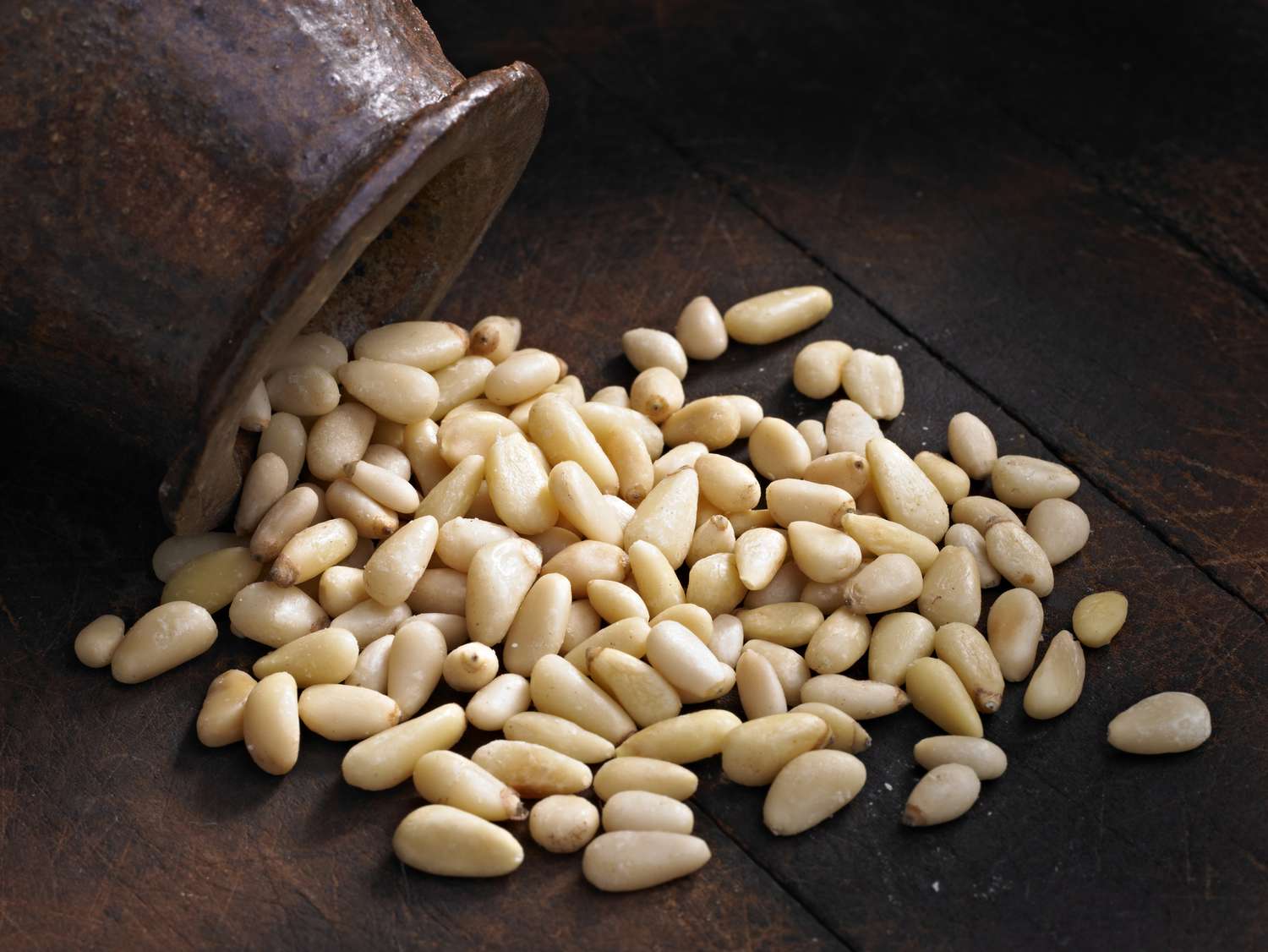


Pine nuts on the left. Almonds in the center. Walnuts on the right.
With nuts, you get a choice.


Pine nuts on the left. Almonds in the center. Walnuts on the right.
Pine nuts are traditional. And wonderful. The nuts are oily and pulp up easily. They are also expensive as all get out.
Almonds work, too, if you use a food processor. I have not tried pulping almonds in a mortar, and I ain't gonna. Their flavor is light, and it becomes submerged under the garlic and greens and oil. I have used them. No problem.
Walnuts, I am told, work, too. I am not a big fan of walnuts, but I have some, and I will use them in the future.
To toast or not to toast? That is the question. Some say ya gotta toast. Some say no. I have made pesto with toasted and untoasted nuts. No difference to my palate, but you let your tongue guide you.
How much of nuts? I use a third of a cup to make one cup of pesto.
Addendum: Used walnuts to make some pesto. I will not use walnuts again.
Greens
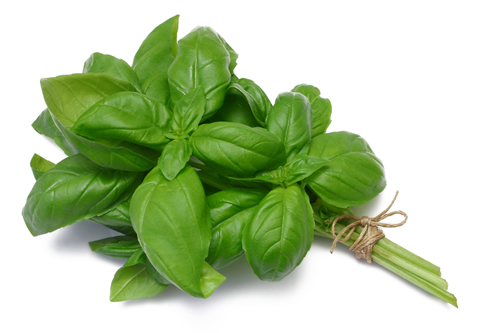
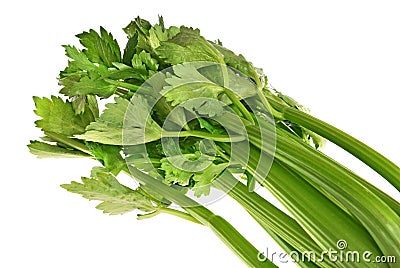

Basil on the left. Celery leaves in the middle. Parsley on the right.



Basil on the left. Celery leaves in the middle. Parsley on the right.
Most 'recipes' for pesto say use two cups of loosely packed, washed and dried greens.
What does that mean, loosely packed?
I fill my food processor with leaves once, whiz 'em, and fill it again, and whiz 'em again. That gives me good results. YMMV.
Basil is sweet and makes delicious pesto. The stems lack the flavor of the leaves, so I pick the leaves and discard the stems.
Celery leaves have a strong flavor that mutes somewhat when made into pesto. I have made several batches of pesto with celery leaves and been pleased with the results.
Parsley . . . well, I have seen people make pesto with parsley. Evidently it can be done. I do not like parsley, but I may try parsley pesto.
I have seen two English women make pesto with sage. I have seen a cook step into his garden, rip off a couple of handfuls of assorted young greens, and make pesto with those. Basil is the original and the standard, but you can make pesto with any green, leafy vegetable. I suppose you can make mustard pesto or turnip green pesto.
Oil
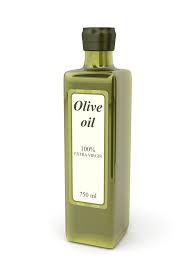


EVOO (Extra Virgin Olive Oil) on the left. Olive oil in the middle. Light Olive oil on the right.
Which oil to use depends on the answer to the question 'why?', which is actually two questions.
EVOO (Extra Virgin Olive Oil) on the left. Olive oil in the middle. Light Olive oil on the right.
Why use oil at all? Why not water?
The answer is that oil clings better than water. If you want pesto on pasta, oil is demonstrably better to use.
Okay, but why? That is, what is the purpose of the oil?
One chef says the purpose of the oil is to become infused with the flavors of garlic and basil (he was Italian; of course he used basil) and spread those flavors to the pasta. Because the oil is there to carry other flavors, you should not use EVOO but regular olive oil.
I think this is nonsense.
If the purpose of the oil is only to carry the other flavors, then you should never use fresh pesto. You should make it and let it sit and infuse for a week in a cool, dark place, but not in a refrigerator. And if the purpose of the oil is only to carry the other flavors, then you should use light olive oil, because it has almost no flavor. Or canola oil, which has no flavor.
I think the purpose is to enhance the flavor of the pesto. The oil acts as a bass note for the other flavors. The flavor of the oil is there, too, but it is not dominant.
I use EVOO. I do not use my high-end, fruity, salad EVOO. The flavor of that oil would compete with the flavors of the garlic and the greens. I use my cooking EVOO. YMMV.
The answer to the question 'why?' determines the answer to the question 'how much?' If you agree with the Italian chef that the purpose of the oil is to carry the other flavors, then you want a lot of oil; at least a quarter cup, maybe a third. But then your pesto is fit only for pasta. For any other purpose, it is just a dipping sauce.
If you use pesto for other purposes -- like I do -- you want it to be thick.
I use about two tablespoons of oil. I drizzle EVOO into the pulp in my food processor for a six count. That gives me the consistency I like. YMMV.
Cheese
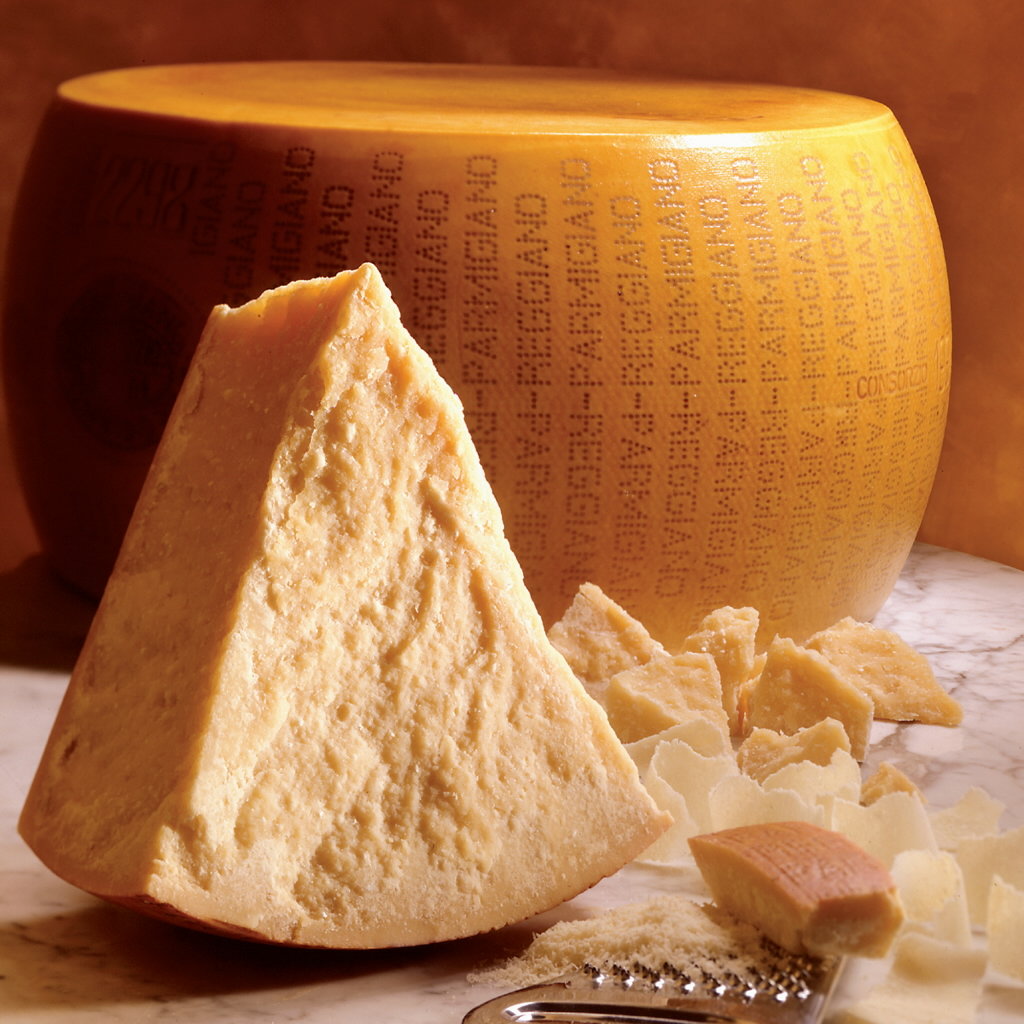

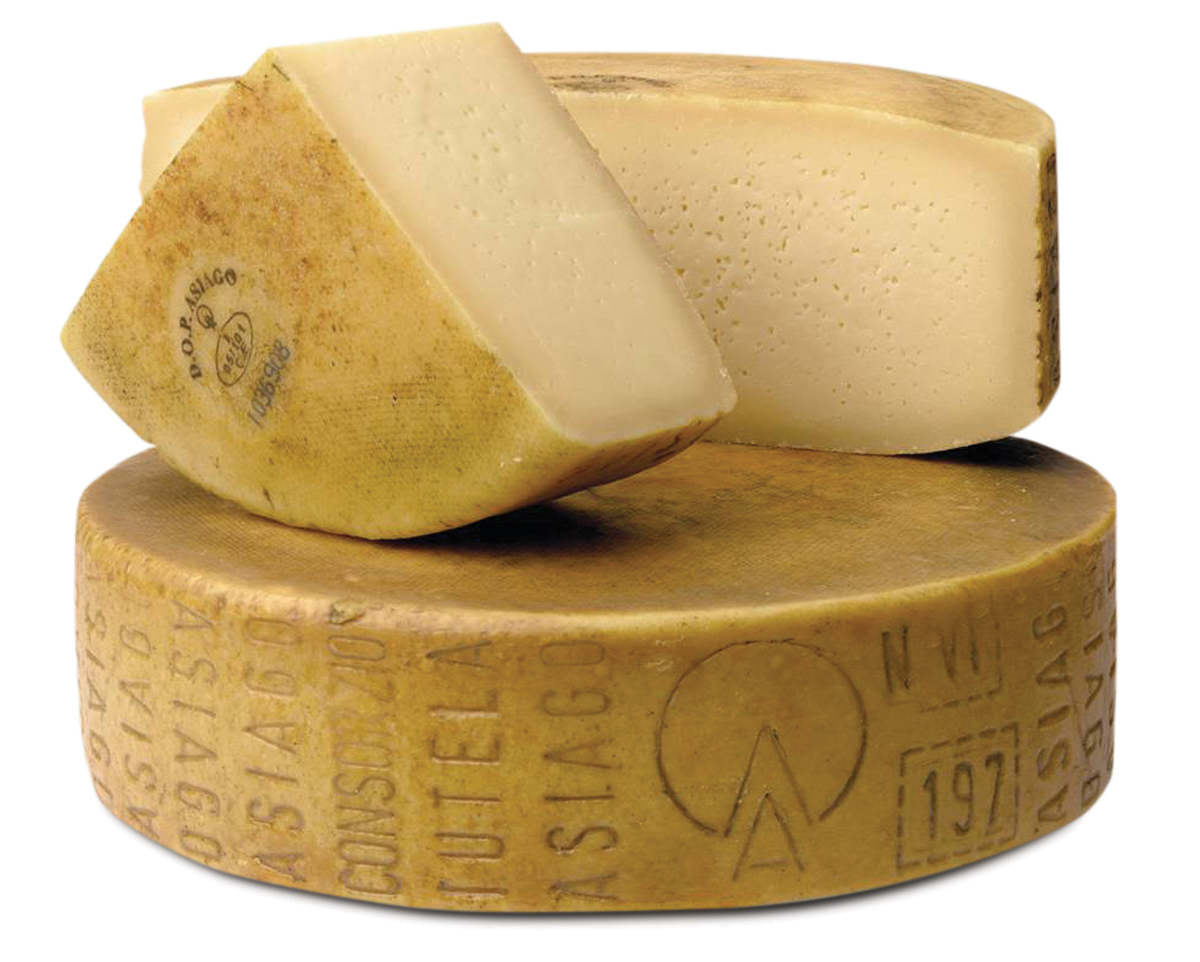
Parmigiano reggiano on the left. Pecorino romano in the middle. Asiago on the right.
The classic is parmigiano reggiano, but any hard, dry cheese will do. I have been using pecorino romano for weeks, and I love it. And, yes, I have parmigiano reggiano. Look forward to using asiago.
I have seen chefs mix cheeses, half parmigiano, and half asiago. Again, let your tongue guide you. The only restrictions are that the cheese must be grated fine and added last.
How much? I grate until I have a happy pile; that is, a pile of grated cheese that makes me happy. Find the size of your happy pile.
I spread pesto on celery sticks for snacks, on toast for sandwiches, and, of course, toss it in pasta.
Good eating.
Addendum:
Pesto is now tied for second as my favorite sauce. First is sausage cream gravy, and it will always be my favorite. The other sauce tied for second is a salad dressing my wife made within the last month. I don't know what was in it, but it was delicious. She has been trying to recreate it since without success. C'est la vie.
Over the course of several weeks, I have arrived at a few judgments:
1. Basil pesto made with pine nuts and parmigiano reggiano is king. Last time at Costco, I bought three big packages of basil. 1 pkg of basil = 1 c pesto. Made one cup of pesto each day for three days. The first cup did not survive to see the third cup made.
2. Celery pesto made with almonds and pecorino romano makes a delicious sauce for raw veggies. Or for sandwiches. Or toast. Or anything. By weight, almonds do not give off as much oil as pine nuts, so I triple the amount of olive oil I add to the pesto. And, when faced with a surfeit of celery leaves, I discovered that celery stalks, too, can be used to make pesto.
3. Raw walnuts do not make good pesto. At least not to my taste. There is something about raw walnuts that burns my mouth, and that burn carries into pesto made with raw walnuts. Someday, I may try roasted walnuts, but I am in no hurry.
Wow, that sounds really, really delicious! I'll have to try making pesto sometime—thanks for the tips!
ReplyDelete(came over from The Passive Voice, btw)
I love pesto! Never made with with celery but I used toasted walnuts once. It was okay. Good stuff!
ReplyDelete